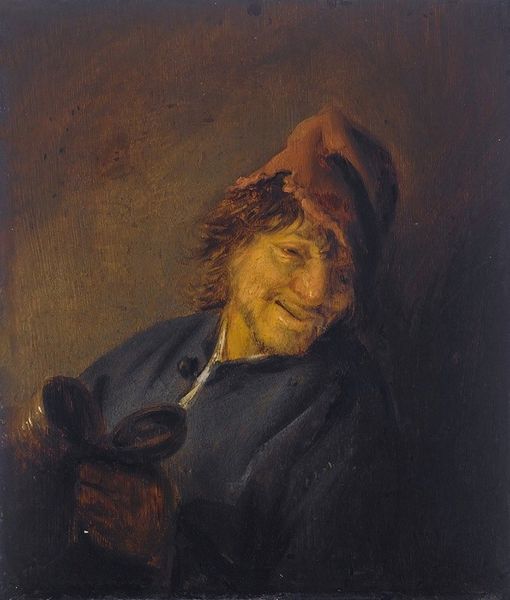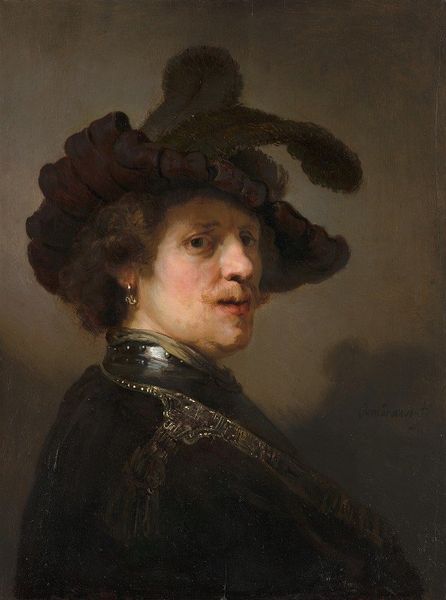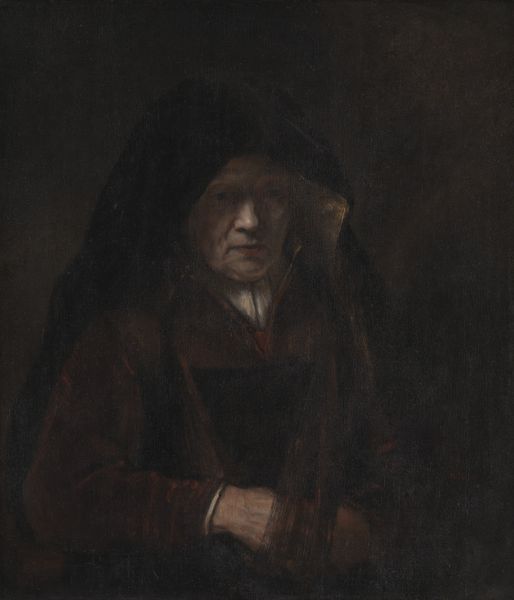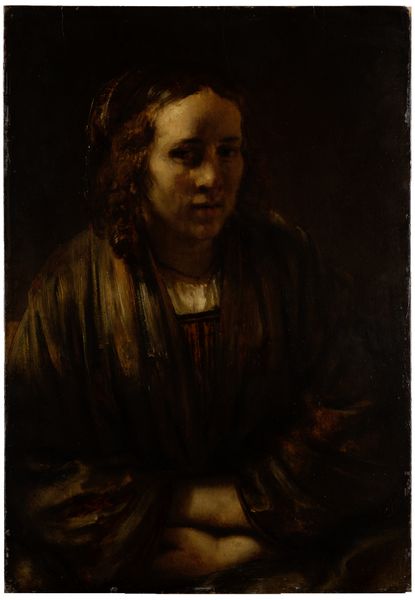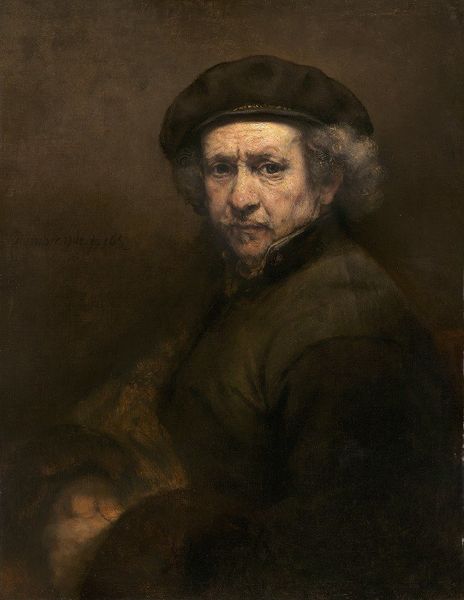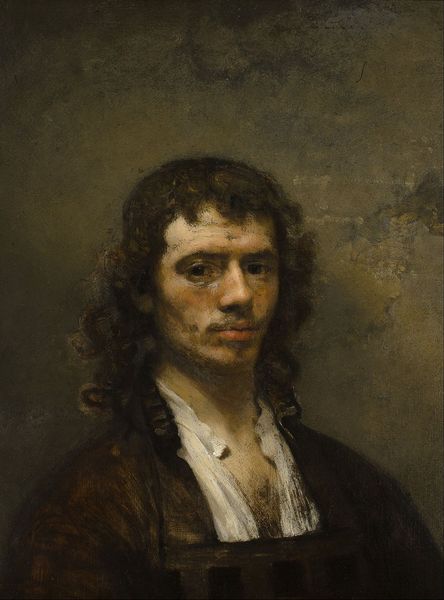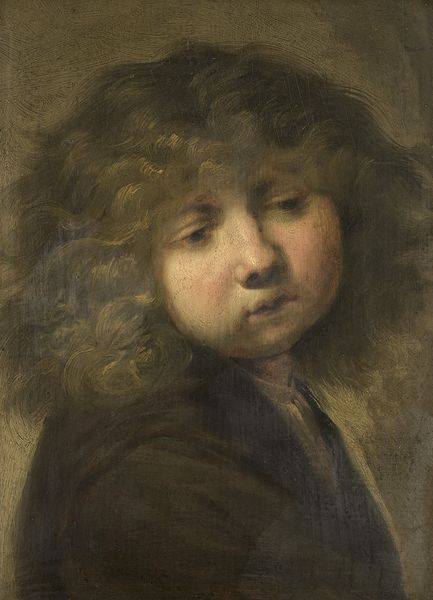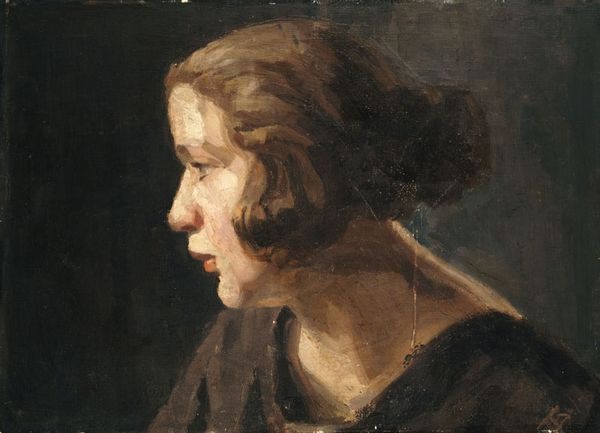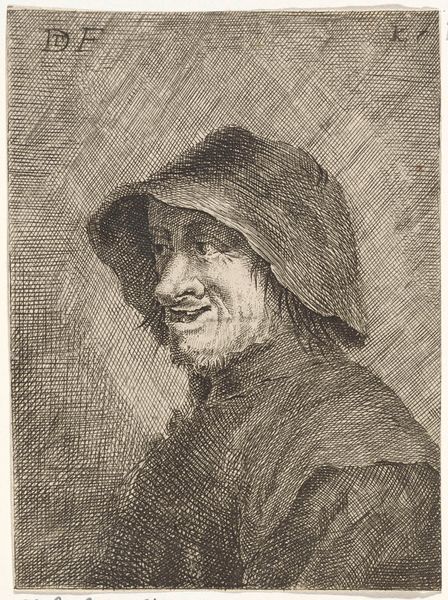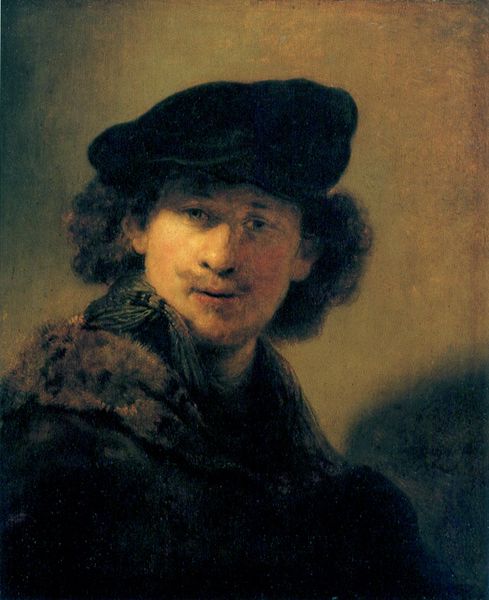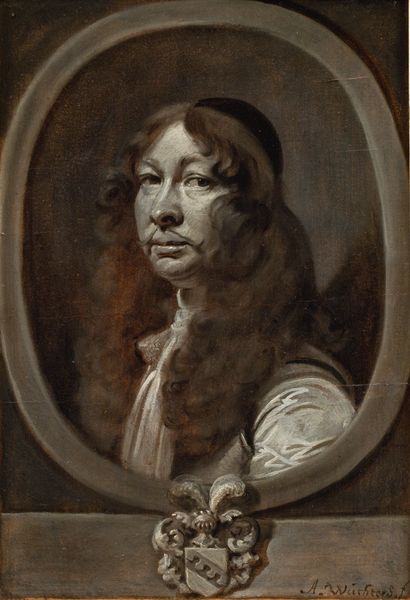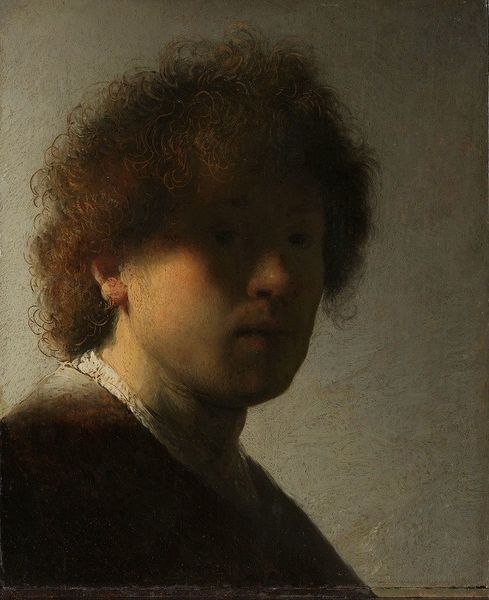
painting, oil-paint
#
portrait
#
figurative
#
baroque
#
dutch-golden-age
#
painting
#
oil-paint
#
underpainting
#
genre-painting
Copyright: Public Domain: Artvee
Rembrandt van Rijn painted this exuberant portrait in the Dutch Golden Age, capturing a raw, unbridled moment of mirth. The laughing figure, possibly the artist himself, is depicted with tilted-back head and eyes crinkled shut, embodying a carefree spirit. The act of laughter has been a potent symbol across cultures and eras. Think of the laughing masks of ancient Greek theatre, embodying Dionysian revelry. Or consider the medieval grinning grotesque figures carved into cathedrals, warding off evil. In Rembrandt’s time, laughter began to be associated with the individual, and this painting may well be a demonstration of the artist's freedom. Laughing is a primal expression. It transcends language and evokes an immediate emotional response. This portrait taps into our collective memory of joy and release. The laughter radiates outward, breaking the barriers of time and inviting us to partake in the mirth of the moment. The symbol of laughter continues its journey through art history, resurfacing, evolving, and echoing the ever-changing human experience.
Comments
No comments
Be the first to comment and join the conversation on the ultimate creative platform.
